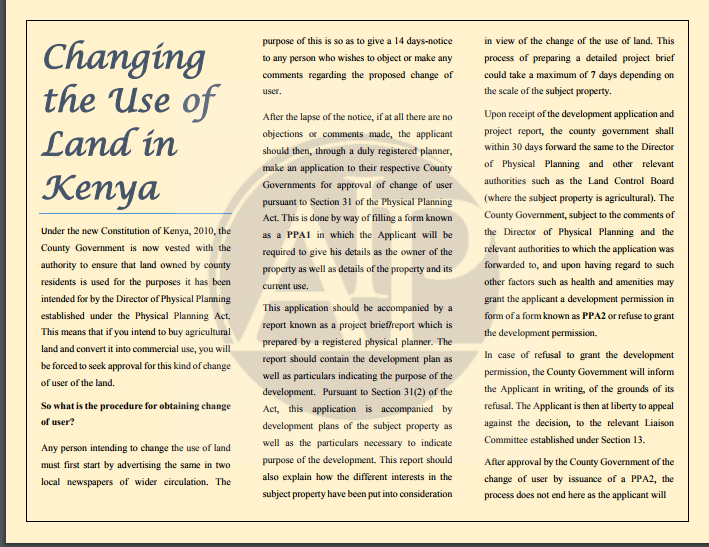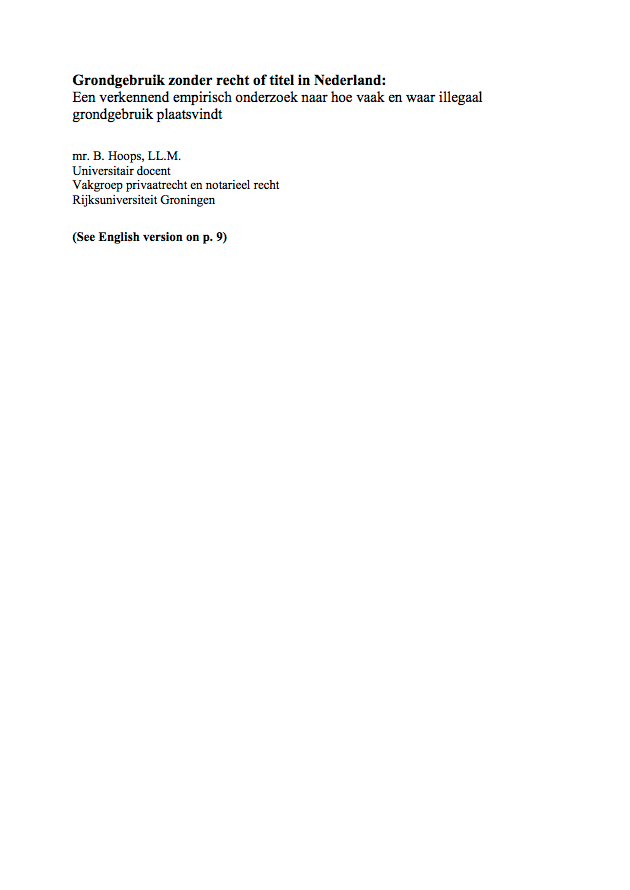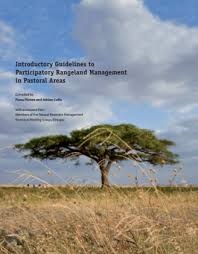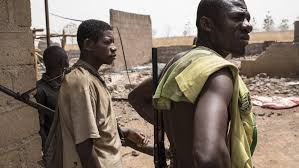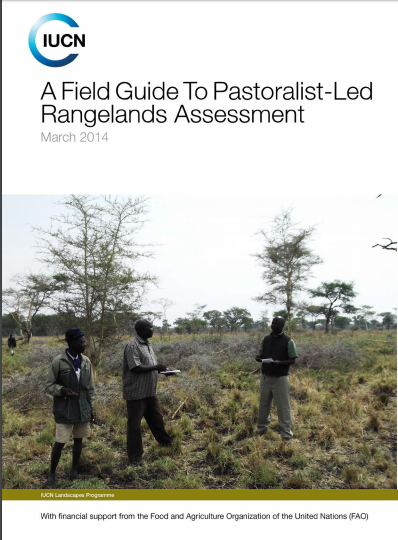Using geographic information systems (GIS) to determine land suitability for rice crop growing in the Tana delta
This research gives an evaluation of Tana delta with regard to areas that are suitable for rice growing. The study area lies on the Eastern delta area of the Tana river of which 16000 hectares have been earmarked for commercial rice farming. The evaluation of land in terms of the suitability classes was based on the method as described in FAO guideline for land evaluation for rain fed agriculture. A land unit resulting from the overlay process of the selected theme layers has unique information of land qualities for which the suitability was based on.


